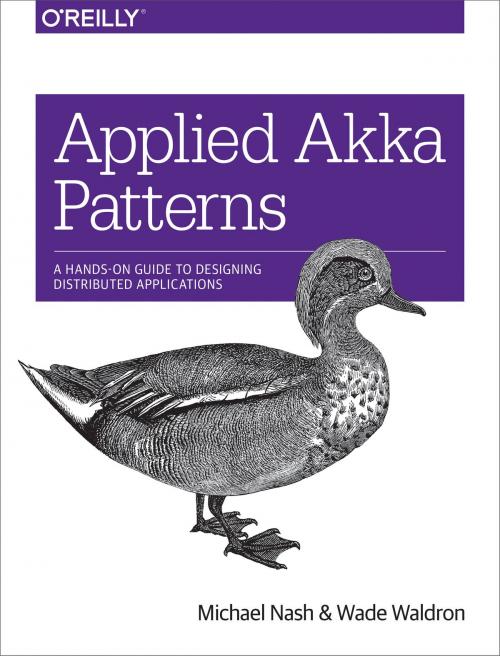Applied Akka Patterns
A Hands-On Guide to Designing Distributed Applications
Nonfiction, Computers, Internet, Web Development, Java, Programming, Software Development| Author: | Michael Nash, Wade Waldron | ISBN: | 9781491934838 |
| Publisher: | O'Reilly Media | Publication: | December 12, 2016 |
| Imprint: | O'Reilly Media | Language: | English |
| Author: | Michael Nash, Wade Waldron |
| ISBN: | 9781491934838 |
| Publisher: | O'Reilly Media |
| Publication: | December 12, 2016 |
| Imprint: | O'Reilly Media |
| Language: | English |
When it comes to big data processing, we can no longer ignore concurrency or try to add it in after the fact. Fortunately, the solution is not a new paradigm of development, but rather an old one. With this hands-on guide, Java and Scala developers will learn how to embrace concurrent and distributed applications with the open source Akka toolkit. You’ll learn how to put the actor model and its associated patterns to immediate and practical use.
Throughout the book, you’ll deal with an analogous workforce problem: how to schedule a group of people across a variety of projects while optimizing their time and skillsets. This example will help you understand how Akka uses actors, streams, and other tools to stitch your application together.
- Model software that reflects the real world with domain-driven design
- Learn principles and practices for implementing individual actors
- Unlock the real potential of Akka with patterns for combining multiple actors
- Understand the consistency tradeoffs in a distributed system
- Use several Akka methods for isolating and dealing with failures
- Explore ways to build systems that support availability and scalability
- Tune your Akka application for performance with JVM tools and dispatchers
When it comes to big data processing, we can no longer ignore concurrency or try to add it in after the fact. Fortunately, the solution is not a new paradigm of development, but rather an old one. With this hands-on guide, Java and Scala developers will learn how to embrace concurrent and distributed applications with the open source Akka toolkit. You’ll learn how to put the actor model and its associated patterns to immediate and practical use.
Throughout the book, you’ll deal with an analogous workforce problem: how to schedule a group of people across a variety of projects while optimizing their time and skillsets. This example will help you understand how Akka uses actors, streams, and other tools to stitch your application together.
- Model software that reflects the real world with domain-driven design
- Learn principles and practices for implementing individual actors
- Unlock the real potential of Akka with patterns for combining multiple actors
- Understand the consistency tradeoffs in a distributed system
- Use several Akka methods for isolating and dealing with failures
- Explore ways to build systems that support availability and scalability
- Tune your Akka application for performance with JVM tools and dispatchers















